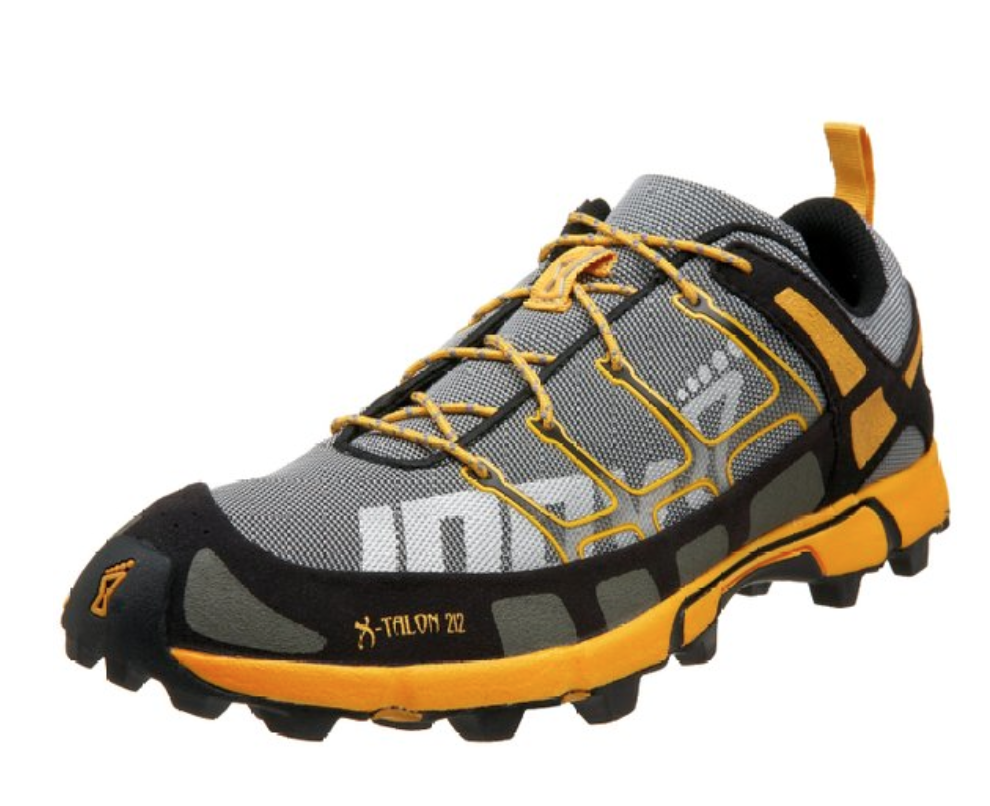In the exhilarating realm of obstacle course racing, particularly through grueling events such as the Savage Race, the choice of footwear can be a pivotal determinant of both performance and safety. This rich tapestry of competition melds athleticism with elements of adventure, challenging participants not only to navigate physical barriers but also to confront environmental unpredictabilities like mud, water, and fire. Examining the best shoes for a Savage Race necessitates an exploration of cultural relativism, shedding light on how footwear selection is influenced by societal perceptions, environmental contexts, and the trends that permeate subcultures dedicated to endurance sport.
The footwear utilized in Savage Races transcends mere functionality; it embodies a cultural artifact reflecting the values and norms of a community that prioritizes resilience, tenacity, and an adventurous spirit. In essence, selecting the best racing shoes offers participants more than just comfort or traction; it connects them to a broader cultural narrative that celebrates overcoming adversity. This narrative resonates deeply across disparate groups, from seasoned athletes to weekend warriors, each imbued with their own interpretations of challenge and triumph.
When analyzing footwear options for a Savage Race, several key characteristics must be considered, encompassing design, material construction, traction, and drainage. Each of these elements not only serves a practical purpose but also conveys broader cultural symbols. For instance, shoes crafted from lightweight, breathable materials signify a shift towards high-performance gear that prioritizes the athlete’s physical capabilities, mirroring societal values that increasingly espouse efficiency and speed. This paradigm reflects contemporary ideologies where success is often equated with rapid achievement, imbuing the act of selecting footwear with profound significance.
Traction, particularly, serves as a linchpin in navigating varied terrains encountered during a Savage Race. The design of shoe treads is intricately linked to the cultural understanding of risk and danger. Shoes equipped with aggressive lugs demonstrate a proactive stance toward overcoming the treacherous mud and slick surfaces characteristic of these races. The choice of aggressive tread patterns can be perceived as a manifestation of an individual’s readiness to confront not just physical obstacles but metaphorical ones, symbolizing their fortitude in facing life’s unpredictability.
Moreover, drainage capabilities in footwear play a crucial role in enhancing performance throughout the race. Shoes that enable efficient water expulsion reflect a keen understanding not only of the physical demands of the race but also of the psychological mindset of participants. The ability to shed water quickly minimizes discomfort and maximizes agility, epitomizing the idea of adapting seamlessly to adverse conditions. In this light, one can interpret shoe technology as both a practical application and a cultural commentary on the modern athlete’s ethos—embodying adaptability, resilience, and foresight.
Furthermore, footwear choices are heavily influenced by cultural phenomena such as brand loyalty. Certain manufacturers have established themselves as leaders in the obstacle racing niche, cultivating a cult-like status among enthusiasts. This loyalty often transcends mere product preference, morphing into a communal identity where shared experiences are celebrated. The collective memory encapsulated in brand interactions strengthens social bonds among participants, reinforcing a subculture that values perseverance and community. Therefore, the best shoes for a Savage Race become conduits for both individual expression and communal affiliation.
In addition to performance attributes, aesthetic elements of footwear cannot be overlooked. Bright colors, unique designs, and branding are not simply stylistic choices but are symbolic of the wearer’s alignment with a certain ethos or community. The visual appeal of racing shoes can reflect broader societal trends, from the rise of athleisure to the increasing valorization of extreme sports. This consideration invites an examination of how athletic gear serves as a canvas for broader cultural expressions, linking personal identity with collective cultural narratives.
As participants traverse the mud-strewn paths of a Savage Race, their footwear serves as an extension of their identity. The act of conquering obstacles resonates deeply with desires for empowerment and agency often pursued in contemporary society. Footwear becomes a vessel through which these aspirations are expressed, shaping not only the physical experience of the race but also the symbolic representation of resilience against life’s impediments.
In conclusion, the quest for the best shoes for Savage Race is emblematic of a deeper cultural narrative that intertwines the realms of sport, identity, and community. It reflects societal values that prioritize not just performance, but a shared pursuit of overcoming challenges in a complex and often unpredictable world. Participants, clothed in their chosen footwear, engage in a ritual that bridges the gap between the individual and the collective, embodying a celebration of resilience, adaptability, and the unyielding human spirit. The selection of appropriate footwear thus extends beyond the material—transforming into a cultural statement that reverberates through the annals of endurance sports and the communities that sustain them.
